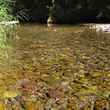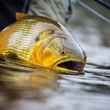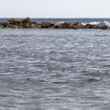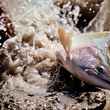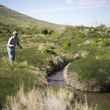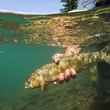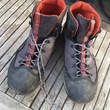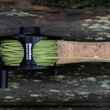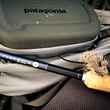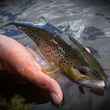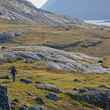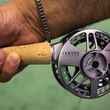When Hurricane Maria tore through the Caribbean in September 2017 as a category 5 storm, it destroyed livelihoods, infrastructure, and entire ecosystems. On the small island of Vieques, east of Puerto Rico, coastal mangrove forests were buffered from the initial onslaught of wind and seemed to survive. But after several months, huge numbers of trees died, leaving the coast more vulnerable to flooding and erosion from future storms.
Hurricane Maria killed mangroves months after the storm
by Tess Joosse - Wednesday, Dec 16th, 2020



